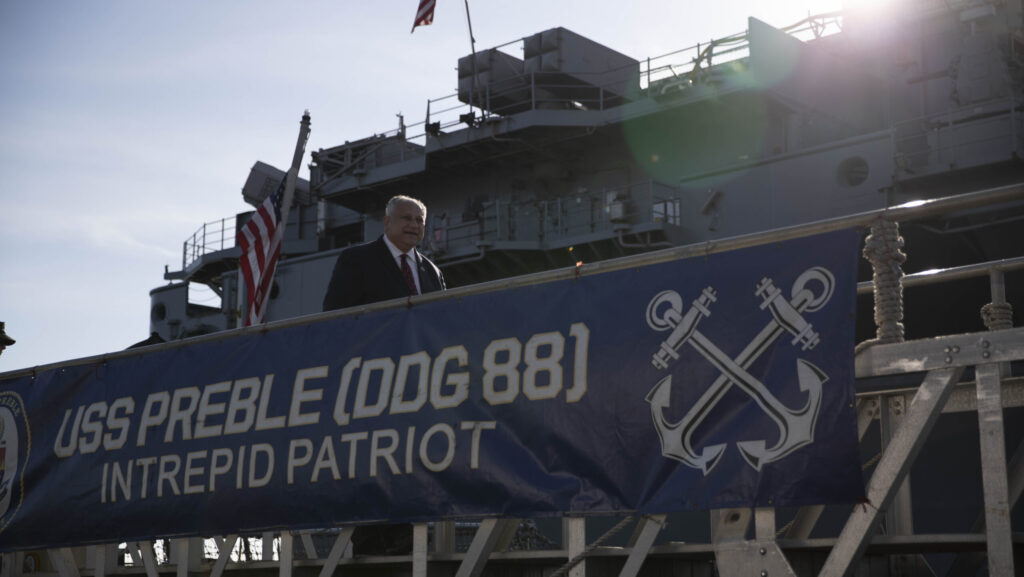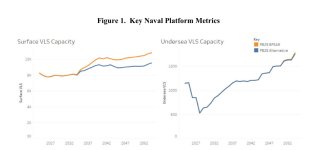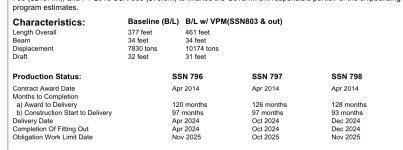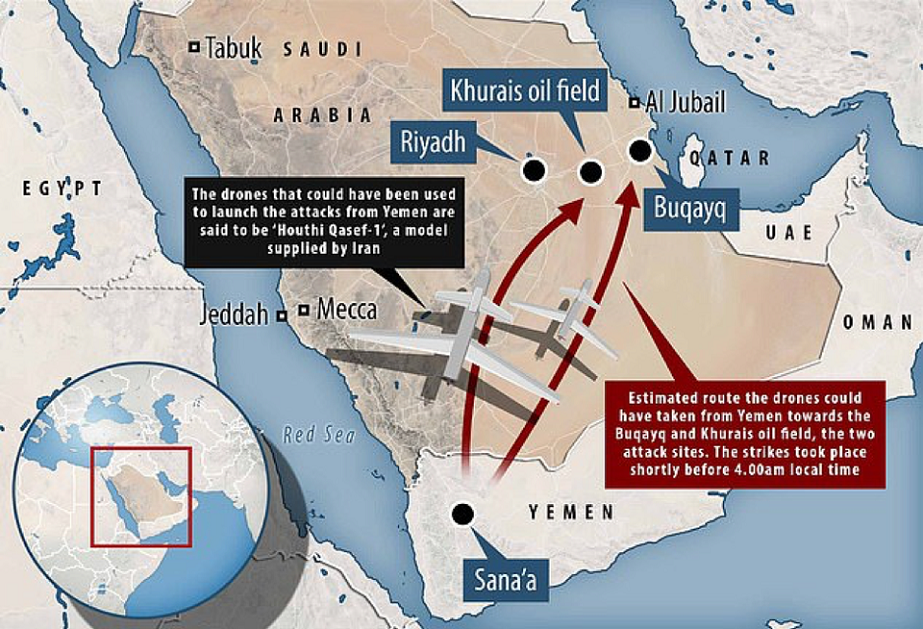That very thinking is hubris. There are no qualified military experts who have been quoted as saying anything like that anymore. Rather, the least controversial comments have been that the US Navy needs to up its game. The most dire comments have been that the US Navy will be defeated in detail in the South China Sea. In Deatil.
That means that China now has the anti-satelite capabilities to over come the US capabilities. Their missile guidance radar is now superior to yours, and they have the world's best anti-ship missile launched from a plane.Longer range, and higher avoidance. Their ships carry much more ordnance than yours, and have a very short re=supply line. The scenario is likely to see the US Navy depleting their stores in the first 1-3 days of fighting, with your carrier groups heavily damaged or sunk. The Arleigh Burkes willbe prime targets that will be overwhelmed. They simply don't have enough defensive armament and there are not enough of them. Disabe two or three US destroyers or a Ticoderoga cruiser, and the carrier is extremely vulnerable.
Assuming you are talking to me.
I would say your logic is flawed. That's like saying why the army need sniper anymore when you are going to get your arse kicked by a platoon of rifleman looking for you. While that assertion is true because you probably would have around 20 rounds if you are a sniper and single up the line you most likely going to get killed if you are facing a platoon alone.
but then that's just it,
that's an assumption and an assertion. You failed to account for 2 things.
1.) All engagement is dynamic, you don't expect things to go your way.
I mean it's very easy to say Chinese missile has longer range, China has Anti-Satellite Capabilities to counter the US, and they have a shorter supply line (That is only assuming the war is fought near China) and so on, but to achieve all that, is that even possible? Take Anti-Satellite technology as an example, first question I will ask is can they shoot down all 40 GPS satellite to begin with? With some of them are non-LOS to each other. And then the second question I would ask is what technology that will overcome? And the third question I would ask is how does that even work? I mean are you sure every military hardware we had depends on GPS to function to be able to have that assumption? I can tell you this, having a few Navy cousin and toured a few AB Class CIC, they go EMCON when they engage, and that mean they don't receive or transmit any radio/energy signature, so they won't actually use GPS to fight. As for guidance system, every weapon platform has redundant fire control and guidance system, which mean even in the event of GPS going down, it wouldn't have any or only have minimal impact.
2.) You are looking a war individually, not as a whole.
This going back to my sniper analogy, why you need a sniper/marksman anyway when a platoon of riflemen can just throw shit at you? You failed to account that is just one part of a battlefield, you are specifically looking at the small corner where you go 1 on 1, and then apply an assumption over it, and then you proclaim the result.
That's not how war is fought tho. You have to consider a lot of different factors, how or what was in the AO? Were you spotted? Were they spotted? We aren't talking about a Chinese destroyer chasing down a Zumwalt, and outgun him, if this is the case, then you can insert any ship in this event and the result would be the same. But if you have to look at the way your enemy counter you. It's a lot easier to say what you just said than having to do it. I mean sure, we are all going to be king of battle if your job is solely look at the line up your target and shoot shit.
















